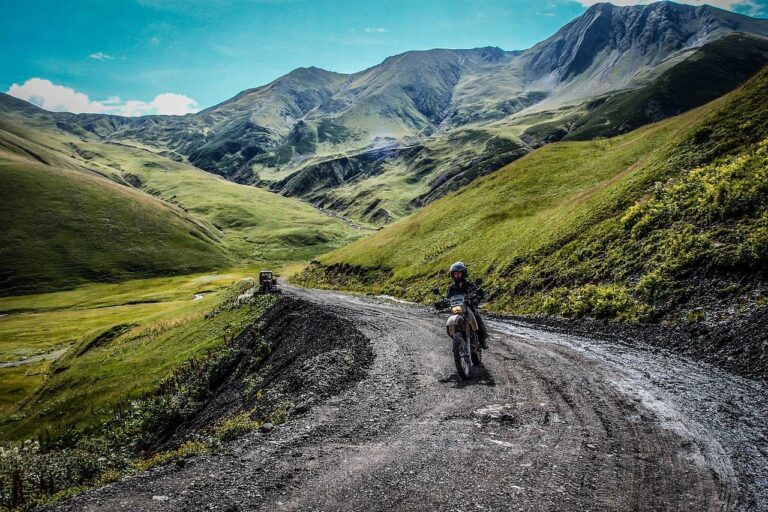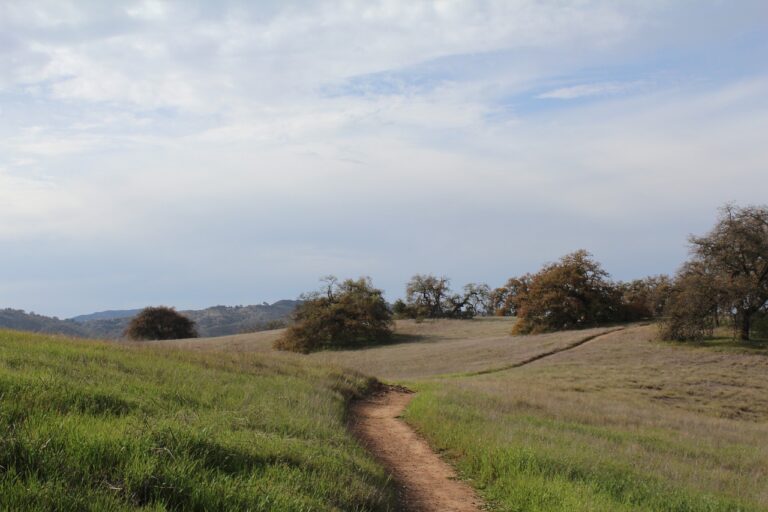Sustainable transportation options for exploring arid desert regions
When it comes to exploring arid desert regions, choosing sustainable transportation options is crucial for minimizing environmental impact and preserving the fragile ecosystems of these unique landscapes. From electric vehicles to camel caravans, there are a variety of eco-friendly ways to travel through desert terrain. In this article, we will explore some of the most sustainable transportation options for adventuring in arid desert regions.
Electric Vehicles
One of the most environmentally friendly ways to explore arid desert regions is by using electric vehicles. Electric vehicles produce zero emissions, making them a clean and sustainable option for traversing desert landscapes. With advancements in battery technology, electric vehicles now have longer ranges and are more reliable than ever before. Whether you’re driving a Tesla through the dunes of the Sahara or cruising through the rocky terrain of the Mojave in a Rivian electric truck, electric vehicles offer a quiet, efficient, and eco-friendly mode of transportation for desert explorations.
Bicycles
For the more adventurous traveler, bicycles can be a fun and sustainable way to explore arid desert regions. Fat-tire bikes are specifically designed for off-road riding and can handle the sandy, rocky terrain of desert landscapes with ease. By pedaling through the desert on a bicycle, you can experience the landscape up close and personal while minimizing your carbon footprint. Just be sure to bring plenty of water and sun protection, as desert cycling can be physically demanding in the extreme heat.
Camel Caravans
For a truly authentic desert experience, consider embarking on a journey via camel caravan. Camels have long been used as a mode of transportation in arid regions due to their ability to survive in harsh desert conditions. Traveling by camel caravan not only allows you to connect with the ancient traditions of desert cultures but also minimizes your impact on the fragile desert ecosystem. As you ride across the sands on a camel’s back, you’ll feel a sense of timelessness and wonder that can only be experienced in the vast expanse of the desert.
Solar-Powered Vehicles
Another innovative transportation option for exploring arid desert regions is solar-powered vehicles. These vehicles harness the power of the sun to generate electricity, which can be used to drive across the desert with minimal impact on the environment. From solar-powered dune buggies to solar bicycles, there are a variety of ways to travel sustainably through the desert using renewable energy. While solar-powered vehicles may have limitations in terms of range and speed, their eco-friendly design makes them a popular choice for environmentally conscious travelers.
Hiking
For those who prefer a more low-impact and intimate way of exploring arid desert regions, hiking is an excellent option. By lacing up your hiking boots and hitting the trails, you can experience the desert landscape at a slower pace, taking in all the sights and sounds of this unique environment. Whether you’re trekking through the red rock canyons of the Southwest or climbing the sand dunes of the Namib Desert, hiking allows you to immerse yourself in the natural beauty of the desert while leaving a minimal footprint on the fragile ecosystem.
Off-Road Vehicles with Low-Impact Tires
For those seeking a more adventurous mode of transportation through arid desert regions, off-road vehicles with low-impact tires are an option. These vehicles are specially designed to traverse rugged terrain without causing damage to the fragile desert ecosystem. By using low-impact tires that distribute weight evenly and reduce soil compaction, off-road vehicles can navigate desert landscapes with minimal impact on the environment. Whether you’re driving a Jeep Wrangler through the sand dunes of Death Valley or exploring the rocky canyons of Wadi Rum in a Land Rover, off-road vehicles with low-impact tires offer a thrilling yet sustainable way to explore the desert.
FAQs
What should I pack for a sustainable desert adventure?
When embarking on a sustainable desert adventure, it’s important to pack light and efficiently. Be sure to bring plenty of water, sunscreen, a hat, sunglasses, a first aid kit, and sturdy hiking boots. Additionally, consider packing reusable water bottles, eco-friendly toiletries, and biodegradable camping supplies to minimize waste.
How can I reduce my carbon footprint while exploring arid desert regions?
To reduce your carbon footprint while exploring arid desert regions, opt for sustainable transportation options such as electric vehicles, bicycles, or solar-powered vehicles. Additionally, practice Leave No Trace principles by packing out all trash, staying on designated trails, and respecting the natural environment. Consider offsetting your carbon emissions through reforestation projects or carbon offset programs to further minimize your impact on the environment.
What are some eco-friendly accommodations in arid desert regions?
When planning a sustainable desert adventure, consider staying at eco-friendly accommodations such as off-grid desert lodges, eco resorts, or sustainable campsites. These accommodations are designed to minimize their environmental impact through practices such as solar power, water conservation, and waste reduction. By supporting eco-friendly accommodations, you can contribute to the preservation of the fragile desert ecosystem while enjoying a unique and responsible travel experience.
By choosing sustainable transportation options for exploring arid desert regions, you can minimize your environmental impact while experiencing the natural beauty and wonder of these unique landscapes. Whether you’re driving an electric vehicle through the sands of the Sahara or hiking through the canyons of the American Southwest, there are a variety of eco-friendly ways to travel through the desert. By making sustainable choices in your transportation and travel practices, you can help preserve these fragile ecosystems for future generations to enjoy.







